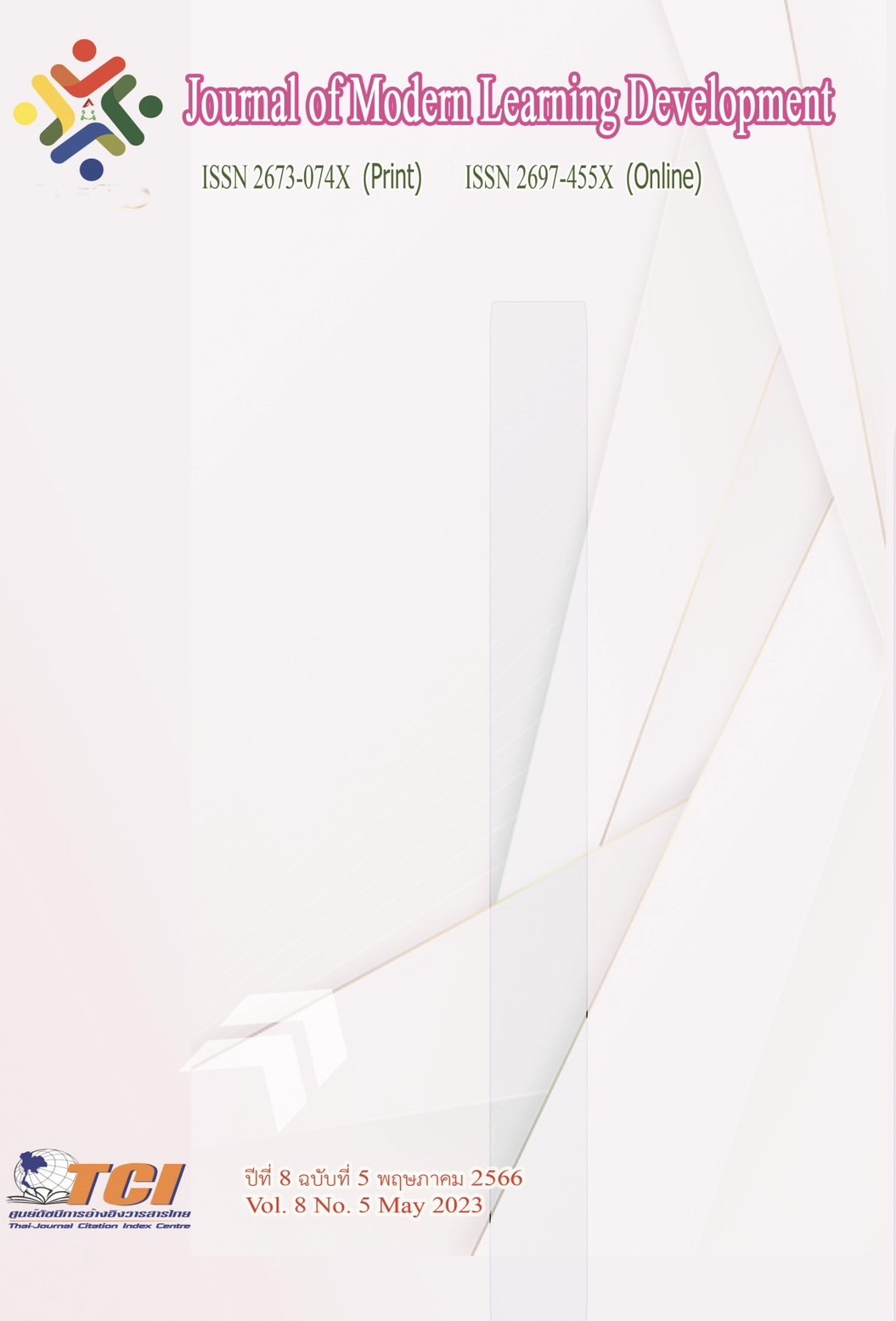Delevopment Model for Being Smart Temple
Main Article Content
Abstract
The purpose of this research is to study the guidelines for developing a temple into a SMART TEMPLE by collecting data from a selective interview 38 Sankkhathikarn level monks and above. The group discussion was divided into 5 monks and 5 people.
The study was found that the monks still lacked a serious study of the Dharma and no leadership trait. Environment inside the temple is not clean. Not as shady as it should be and many buildings were deteriorated over time. Also, lack of unity in the community were found. Some precious cultures have been faded. Community residents oppose when development projects take place.
The SMART TEMPLE pattern can be classified into 5 aspects: 1) SMART PEOPLE: The monks must have a vision and leadership. The Leader able to influence the community, patient, deeply learn, have good ethics and can be a community supporter. 2) SMART CULTURE: The temple must be a cultural centric. The continuation of the traditions make a unity and reconciliation in the community. 3) SMART ECOLOGY: The temple must be a Sappaya. The temple area must be clearly divided, focusing on the 5s principles. Good landscaping persuades people want to be in the temple more. 4) SMART ECONOMY: The temple must be adequacy, economics and worthwhile. Spending money must allow the community to participate and inspect. 5) SMART TECHNOLOGY: To spread the Dharma knowledge by using technology. Facilitate the activities of the monks and create safety for the temple and community.
The SMART TEMPLE measure development approach starts from finding the identity of the temple, identify the identity and needs of the community. The abbot must have the vision and gather all the knowledge necessary to initiate a development project. The abbot must be the creator of faith for himself and the temple. The abbot must be able to explain to the community the benefits of change. Providing budgets with communities and government agencies personal development aiming to build faith in the temple. Environmental aspect aims to create cleanliness, peace and tranquility suitable for practicing Dharma. The development of cultural traditions aims at continuation of good things and creating a unity in the community. Financial aspect focuses on value, transparency and verifiable. Technological aspect aimed at propagating dharma and solving problems for not only temples but also communities. All of these benefits are a delight community and continue to carry on the teachings of Buddhism.
Article Details
References
พระราชวรมุนี. (2530). บทบาทใหม่ของสถาบันสงฆ์. กรุงเทพมหานคร: มูลนิธิโกมลคีมทอง,
มหาจุฬาลงกรณราชวิทยาลัย. (2539). พระไตรปิฎกภาษาไทยฉบับมหาจุฬาลงกรณราชวิทยาลัย. กรุงเทพมหานคร: มหาจุฬาลงกรณราชวิทยาลัย
สยามสมาคม. (2513). บทบาทพระสงฆ์. กรุงเทพมหานคร: กรมการศาสนา กระทรวงศึกษาธิการ,


